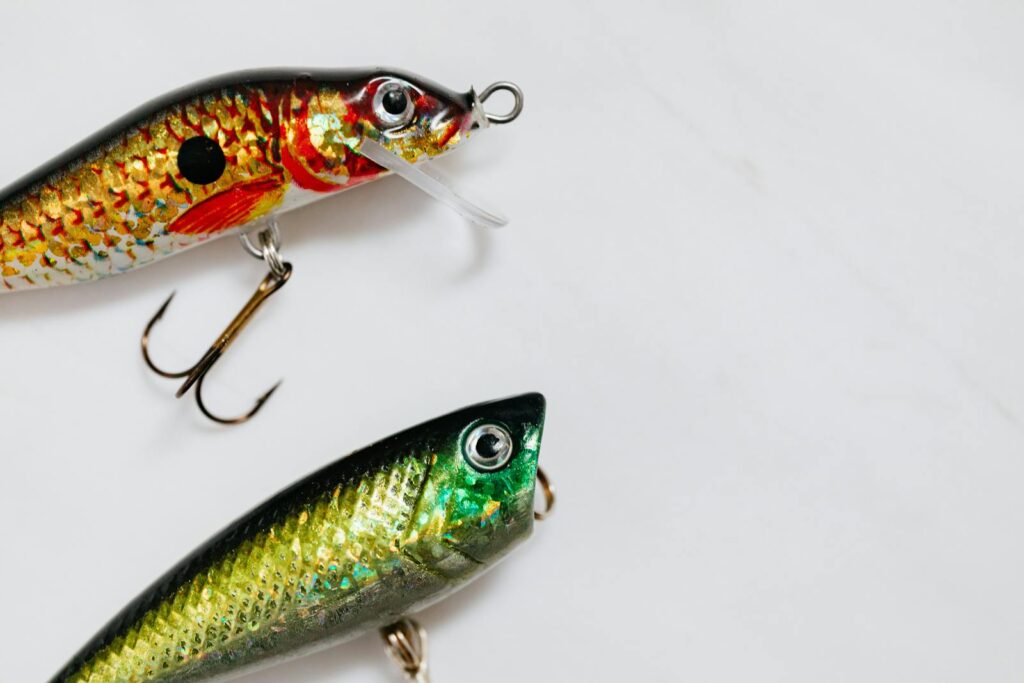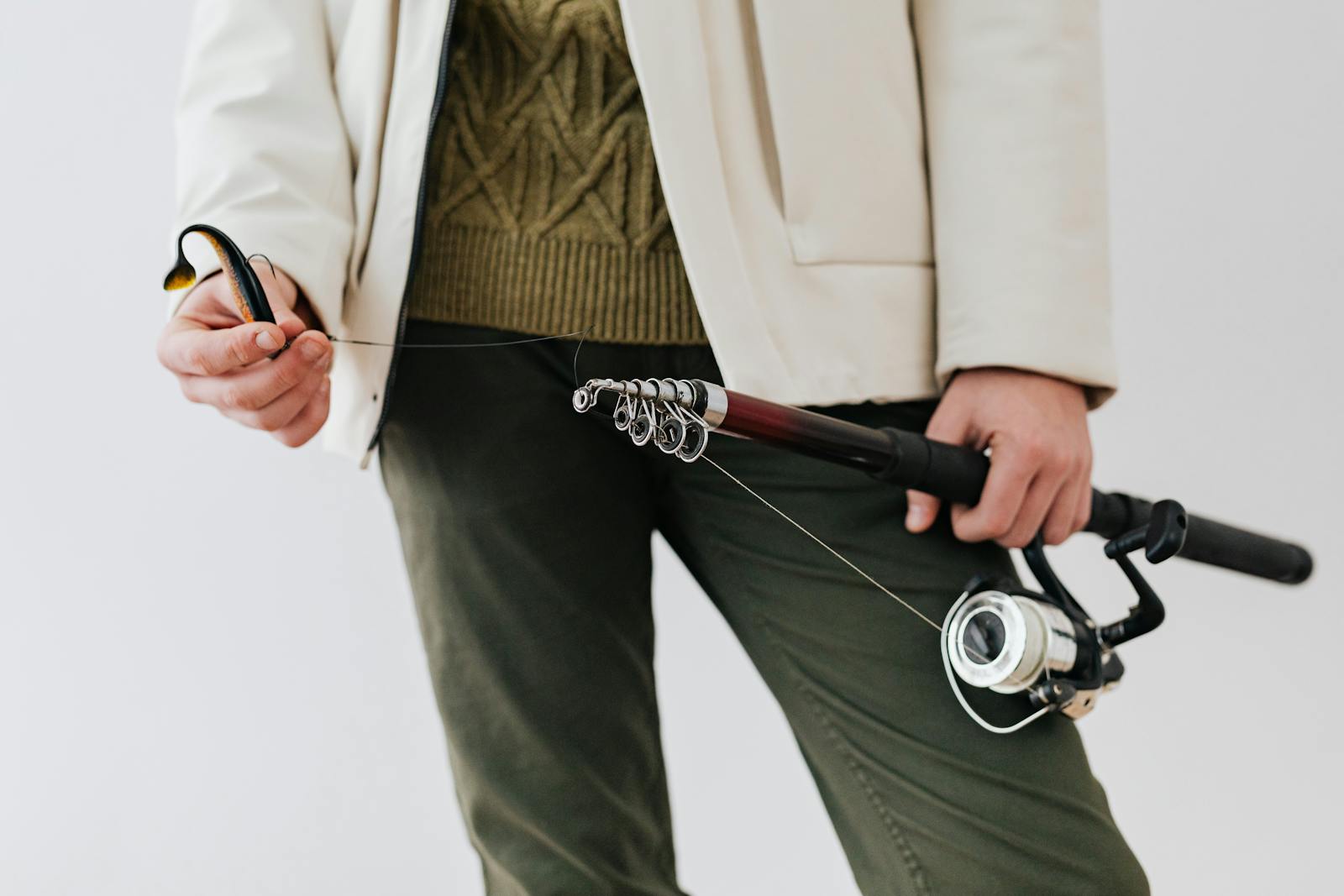Budget Gear That Works Great for Wilderness Fishing Spots
Discovering untouched wilderness fishing spots often represents the pinnacle of angling adventures, offering pristine waters and the chance to catch fish that rarely see lures or bait. However, the remoteness that makes these locations special also presents unique challenges for anglers on a budget. Specialized gear marketed for backcountry fishing frequently comes with premium price tags that can deter enthusiasts with limited funds. The good news is that effective wilderness fishing doesn’t require emptying your wallet on high-end equipment. With smart choices and an understanding of essential gear requirements, anglers can assemble an affordable kit that performs admirably in remote settings.
This guide explores budget-friendly options that deliver excellent performance where it matters most—in the wild, where your gear faces its toughest tests.
Understanding the Wilderness Fishing Challenge

Wilderness fishing presents a unique set of challenges that differ significantly from shore or boat fishing at developed lakes and rivers. Access often requires hiking through rugged terrain, sometimes for many miles, meaning every ounce of gear must earn its place in your pack. Weather conditions can change rapidly in remote areas, with limited shelter options available when storms arise. Additionally, wildlife encounters—from bears to insects—necessitate special considerations for gear storage and protection. Most importantly, wilderness anglers must be self-sufficient, as there are no nearby tackle shops to replace broken equipment or supplies.
These factors make durability, versatility, weight, and functionality the primary considerations when selecting budget gear for backcountry fishing adventures.
Budget-Friendly Rod Options That Perform

When selecting a rod for wilderness fishing, collapsible or multi-piece designs offer the best balance of performance and portability. The Daiwa Mini System Ultralight pack rod (typically under $50) breaks down to just 14 inches yet extends to a full 6’6″ rod capable of handling most trout and panfish scenarios. For slightly more investment, the Okuma Voyager Travel Kit (around $60) includes a rod, reel, and case in a compact package that works admirably for most freshwater species. The Eagle Claw Pack-It spinning rod represents one of the best values in backcountry fishing at under $30, offering surprising sensitivity despite its collapsible design.
Look for 4-6 piece rod designs with solid fiberglass or composite construction, which sacrifice some sensitivity but gain significant durability compared to graphite alternatives that might snap when accidentally stepped on at a remote campsite.
Reels That Balance Performance and Price

For wilderness fishing, closed-face spinning reels offer the best combination of reliability, ease of use, and value. The Pflueger President spinning reel (around $60) has developed a cult following among budget-conscious anglers for its smooth drag system and exceptional durability in harsh conditions. At an even lower price point, the Shakespeare Crusader (under $25) provides adequate performance for occasional wilderness trips without significant investment. When selecting a budget reel, prioritize models with sealed drag systems that prevent water and dirt intrusion during stream crossings or unexpected rain.
Metal bodies typically outperform plastic models in durability, though they add weight to your pack. Consider purchasing a slightly higher quality reel and economizing elsewhere, as reel failures in remote locations can effectively end a fishing trip with no repair options available.
Essential Terminal Tackle for Remote Waters

Terminal tackle represents one area where budget options perform virtually identically to premium alternatives in wilderness settings. Standard Eagle Claw hooks in sizes 8-14 (less than $3 per package) work exceptionally well for most trout species and can be purchased in bulk for pennies per hook. Split shot sinkers offer versatility at minimal weight penalty—a small container with various sizes costs under $5 and lasts for numerous trips. Rather than specialized bobbers, pack a few small stick-on foam indicators that weigh practically nothing and work effectively for detecting subtle strikes.
One smart investment is purchasing a small waterproof container (under $10) specifically for organizing terminal tackle, as losing these small items in remote locations can severely limit fishing options. Consider assembling pre-tied leader and hook combinations before your trip, which saves valuable time on the water and eliminates the need for carrying separate tying tools.
Budget-Friendly Lures That Consistently Produce

In wilderness settings, simplicity and versatility in lure selection often outperform specialized options. The classic Mepps Aglia spinner in sizes 0-2 (around $4 each) has accounted for countless wilderness trout and works effectively in streams, rivers, and lakes. Panther Martin spinners provide similar performance at comparable prices and excel in faster-moving water. For ultralight options, the humble Trout Magnet (under $5 for a starter kit) has revolutionized small-stream fishing with its simple yet effective design. When selecting budget lures, focus on purchasing fewer high-quality options rather than many cheaper alternatives—three or four reliable lures will serve better than a dozen questionable performers.
Select natural colors (silver, gold, brown) that mimic common prey items across different water conditions, and avoid specialized patterns marketed for specific situations that rarely arise in wilderness settings.
Affordable Line and Leader Options

Fishing line represents one area where budget options sometimes outperform expensive alternatives in wilderness conditions. Berkley Trilene XL monofilament (under $10 for 300 yards) offers exceptional value with adequate strength, good knot retention, and sufficient abrasion resistance for most wilderness fishing scenarios. For slightly more investment, P-Line Floroclear provides the benefits of fluorocarbon coating with monofilament core at around $15 for a spool that will last multiple seasons. Rather than purchasing specialized leader material, simply use lighter weights of your main line for leaders—4-6 pound test mainline paired with 2-4 pound leaders works effectively for most trout waters.
When spooling reels for wilderness trips, slightly underfill them to prevent tangles and consider bringing a small backup spool of line stored in a plastic bag in case of catastrophic line failure in remote locations.
Packs and Storage Solutions on a Budget

Specialized fishing packs can cost hundreds of dollars, but effective alternatives exist at much lower price points. A basic water-resistant hiking daypack (under $40) paired with small organizational pouches provides comparable functionality to fishing-specific packs at a fraction of the cost. For tackle storage, repurpose small plastic containers like prescription bottles or mint tins to create customized, waterproof storage for hooks, weights, and other small items. Rather than expensive specialized fly boxes, budget-conscious anglers can use small plastic bead organizers (around $3 at craft stores) that effectively hold dozens of flies or small lures.
One worthwhile investment is a waterproof dry bag (under $20) for electronic items and spare clothing—this protection proves invaluable during unexpected downpours or accidental immersions when crossing streams. Consider wearing a fishing vest from a thrift store (often under $10) as an alternative to expensive technical fishing apparel, providing similar pocket functionality at minimal cost.
Budget-Friendly Wading Options

Specialized wading gear represents one of the most expensive categories in fishing equipment, but effective alternatives exist for wilderness anglers. Rather than purchasing dedicated wading boots, consider using an old pair of hiking boots paired with neoprene socks (under $15), which provide adequate protection and warmth for occasional stream crossings and wading. For situations requiring more protection, lightweight rubber knee boots from agricultural supply stores (around $25) offer excellent value and can be strapped to the outside of a pack when hiking.
Avoid expensive breathable waders for wilderness trips—instead, pack lightweight rain pants (under $40) that serve double duty for both weather protection and shallow wading situations. For deeper wading, budget-conscious anglers can purchase PVC chest waders for around $50 that, while heavier and less comfortable than premium options, perform adequately for limited use in wilderness settings.
Affordable Weather Protection Essentials

Weather conditions in wilderness areas can change dramatically with little warning, making protective gear essential for safety and comfort. Rather than expensive fishing-specific rain gear, basic waterproof/breathable rain jackets and pants from outdoor retailers (under $100 for the set) provide comparable protection at significant savings. A budget-friendly microfiber towel (around $10) serves multiple purposes—drying hands before handling line, wiping condensation from gear, and providing emergency insulation if temperatures drop unexpectedly.
Sun protection represents another critical consideration—a wide-brimmed hat from a discount store (under $15) works as effectively as technical fishing hats costing four times as much. For hand protection, mechanically work gloves with fingertips cut off (under $10) provide adequate sun protection and help prevent hook injuries without the premium price of specialized fishing gloves.
Affordable Navigation and Safety Gear

Safety equipment should never be compromised regardless of budget constraints, but affordable options exist that provide adequate protection. Rather than expensive GPS units, download offline maps to your smartphone and carry a small power bank (under $20) for emergency charging capabilities. A basic compass and paper map (under $30 combined) provide reliable backup navigation that never requires batteries. For emergency communications, a simple whistle (under $5) carries sound much farther than the human voice and should be considered essential for wilderness trips.
Rather than specialized first aid kits marketed to anglers, assemble your own with basic supplies from a pharmacy (under $25) and add fishing-specific items like hook removers and extra monofilament for emergency repairs. One worthy investment is a quality water filter (around $30-40) that eliminates the need to carry heavy water supplies and provides insurance against waterborne illness in remote areas.
Multipurpose Tools That Save Money and Space

In wilderness fishing, items that serve multiple functions deliver exceptional value by reducing both cost and pack weight. A basic multi-tool with pliers functionality (around $25) eliminates the need for separate hook removers, line cutters, and repair tools. Bandanas (under $5 each) serve as sun protection, emergency bandages, pot holders, and can be soaked for cooling on hot days. An aluminum trekking pole (under $30) doubles as a wading staff when crossing slippery streams, providing stability that prevents costly falls and potential injuries. Parachute cord (less than $10 for 50 feet) serves as a stringer, emergency shoe lace, gear tether, and can help secure shelters during unexpected storms.
By consciously selecting gear with multiple applications, budget-conscious wilderness anglers can significantly reduce both initial investment and the weight penalty associated with carrying specialized single-purpose tools.
Seasonal Bargain Shopping Strategies

Strategic shopping represents one of the most effective ways to assemble quality wilderness fishing gear on a limited budget. End-of-season clearance sales typically offer 40-70% discounts on current-year models, making August-September and January-February prime periods for purchasing gear at substantial savings. Manufacturer refurbished items, particularly for electronic items like fish finders or GPS units, often come with warranties while selling at 30-50% below retail prices. For maximum savings, consider purchasing previous-generation models when new versions are released—the improvements rarely justify the price premium for wilderness applications.
Online fishing forums and marketplace websites frequently feature high-quality used gear at significant discounts, particularly during spring when anglers upgrade their equipment for the new season. Developing relationships with local tackle shop employees can provide insider information about upcoming sales and closeout opportunities that aren’t advertised publicly.
Conclusion: Value Over Price in Wilderness Fishing

The most successful wilderness anglers understand that value—not price—should drive equipment decisions for remote fishing adventures. By focusing on durability, versatility, and functionality rather than brand names or marketing claims, budget-conscious fishermen can assemble highly effective gear collections without excessive expense. Remember that in truly wild settings, simplicity often outperforms complexity, with basic tools frequently proving more reliable than feature-laden alternatives. Consider investing in quality for items where failure would end a trip (reels, packs) while economizing on components that perform similarly regardless of price (terminal tackle, some lures).
Perhaps most importantly, recognize that skill, knowledge, and perseverance ultimately influence fishing success far more than equipment price tags. The wilderness doesn’t care what you paid for your gear—only that you arrived prepared for its challenges with equipment that performs when needed, regardless of its cost.














Post Comment